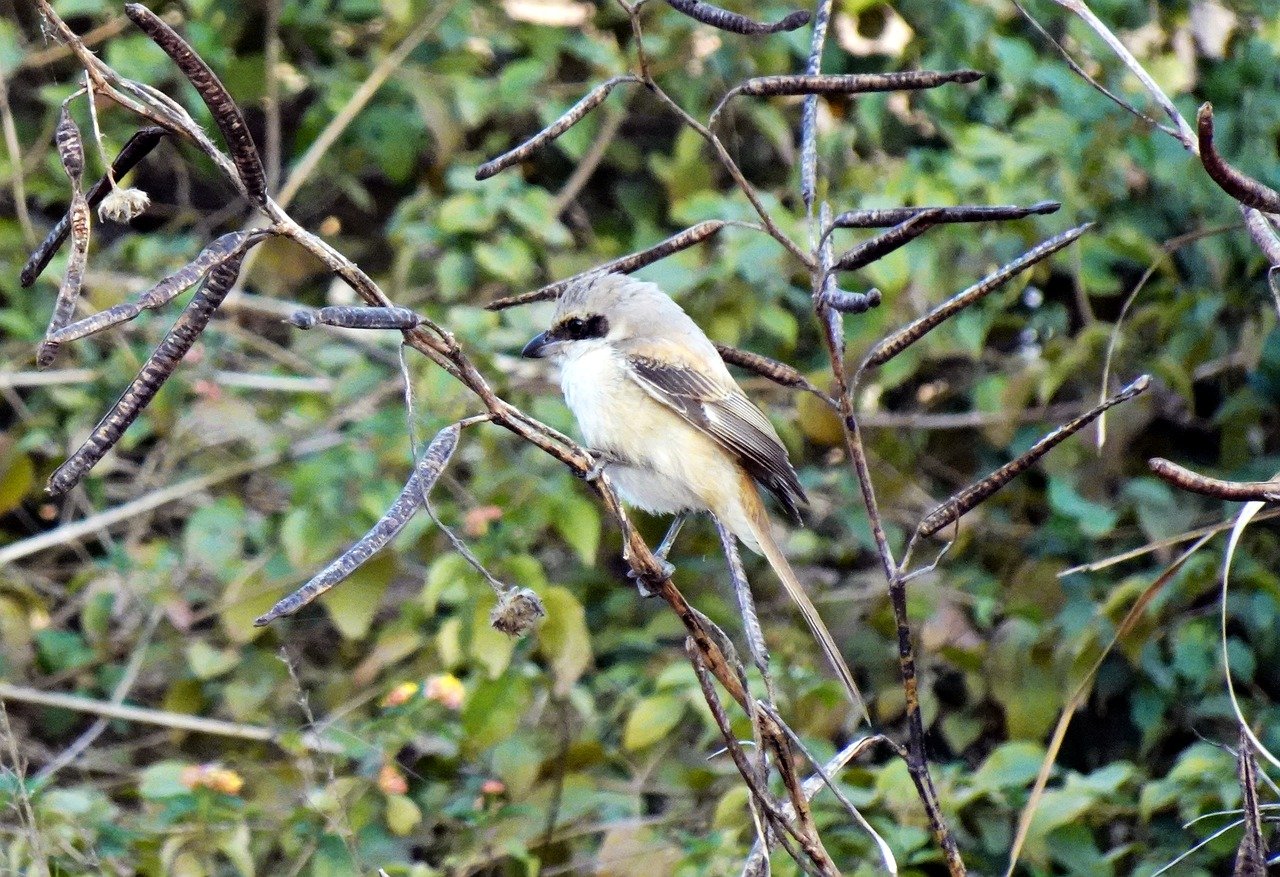Valet av jaktbiotop och utsiktsplatser hos varfågeln Lanius excubitor samt effekten av snötäcke och bytestyp
DOI:
https://doi.org/10.34080/os.v11.22858Nyckelord:
födosöksekologi, klimateffekter, beteende, interaktion mellan predator och byte, predator-bytesinteraktionAbstract
Field observations on Great Grey Shrikes Lanius excubitor were performed in four study areas in SW Finland (60°N, 22°E). The relation between habitat use, perch selection, prey type and the presence of a snow layer was evaluated. The mean yearly (± SE) territory size was 144 ha ± 14.3. The habitat selection depended on if snow cover was present, reflecting the favouring of vegetation-scarce arable fields when hunting invertebrates and vegetation-rich habitats when mainly vertebrates were available. Consistent with theories on optimal perch height, the shrikes chose higher perches when mainly vertebrates were hunted and also increased the time/perch, probably reflecting that vertebrate prey occur less frequently than invertebrate prey. The selection of lower perches when hunting invertebrates was evident in mild winter periods but not in the autumn; the reasons for this is discussed. The appearance of snow increased the distance to mammalian prey but the average capture frequency of mammals remained unchanged. In accordance with optimal foraging theory the shrikes preferred to hunt invertebrates when these were available rather than to adopt a hunting strategy that would optimise the encounter rate with vertebrates. However, the average hunting rate of ground-living prey decreased as the snow depth increased whereas energetically costly types of hunting behaviour, like rate of movements, hovering and hunting of birds remained unchanged.
Nedladdningar

Downloads
Publicerad
Referera så här
Nummer
Sektion
Licens
Författaren/författarna innehar copyright för varje enskilt bidrag, men samtliga bidrag är publicerade under en Creative Commons-licens, så att vem som helst kan dela och återanvända bidraget förutsatt att copyright-innehavaren erkänns.







